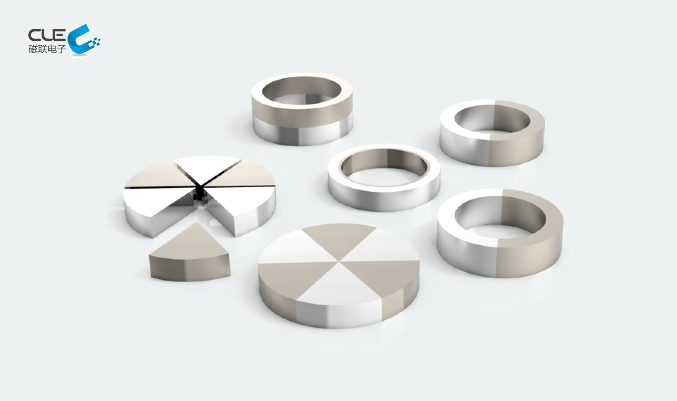The pogo pin magnetic charging solution has shown excellent performance in terms of installation convenience, stability of use and ease of operation. Therefore, it is favored by more and more brands. In the future, pogo pin magnetic charging will have greater breakthroughs in five aspects: safety improvement, efficiency optimization, durability enhancement, miniaturization and integration, standardization and compatibility.
- Safety Improvement
Anti-wrong connection design: Engineers have improved the interface design of the magnetic connector, using unique shapes, sizes or markings to ensure that the positive and negative poles can be accurately connected. This can effectively solve safety issues such as short circuits caused by misoperation.
- Efficiency Optimization
Highly conductive materials: Using new high-conductivity materials such as copper alloys and composite materials to make pogo pins can reduce contact resistance and energy loss during charging, thereby improving charging efficiency. At the same time, these materials also have good wear resistance and corrosion resistance, which can extend the service life of pogo pins.
- Durability Enhancement
Surface treatment technology: Using advanced surface treatment technology, such as electroplating, chemical plating, etc., a dense, wear-resistant and corrosion-resistant coating is formed on the surface of the pogo pin. This coating can not only improve the conductivity of the pogo pin, but also effectively prevent it from being oxidized and corroded by the external environment, thus extending its service life.
- Miniaturization and Integration
The pogo pin magnetic charging interface is integrated with other functional interfaces, such as data transmission interface, communication interface, etc., to achieve the integration of charging and data interaction.
- Standardization and Compatibility
Some companies pay attention to compatibility design during product development, making their own pogo pin magnetic charging interfaces compatible with a variety of chargers and charging devices. For example, they use universal magnetic interface dimensions and electrical parameters, or use adapters to achieve conversion between different interfaces.






